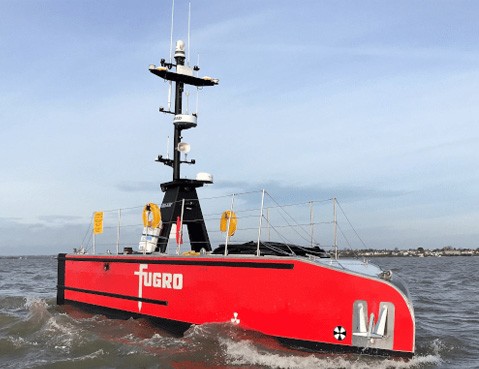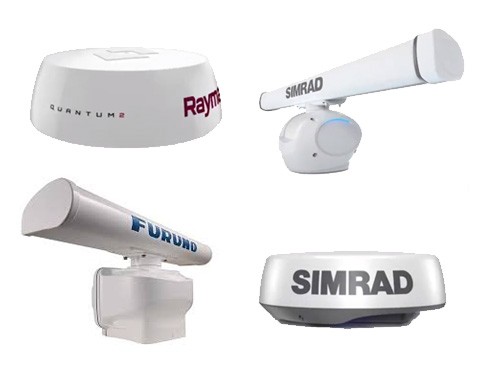Expert Support
Easy access to engineers by phone or email. 12 months support as standard.
Support & Maintenance ›
Customers






Flexible and affordable technology to support navigation, collision avoidance, mothership communication and target recognition in commercial and military USVs / ASVs.
Easily integrate radar interfacing, target tracking, fusing radar and sensor data, camera control, alarms, multi-sensor data recording and navigating in GPS-denied environments.
USV Solutions Diagram

Cambridge Pixel has partnerships with leading manufacturers like Simrad and Furuno, allowing inexpensive marine radars to be 'unlocked' for use with custom software.
View the BrochureUnmanned Surface Vessels (USVs) and Autonomous Surface Vessels (ASVs) are a rapidly expanding area of interest for naval forces and commercial enterprises around the world. Cambridge Pixel is a provider of key technology components for USV development, helping to add capabilities, speed up project deliver and reduce project risks. Cambridge Pixel has partnered with some of the key USV developers and manufacturers across the US, Europe and Asia.
A USV may incorporate a number of sensing technologies to assist with navigation, collision avoidance and target recognition. Cambridge Pixel’s expertise and products for radar processing provides a core set of capabilities for USV developers, including:
Interface options to a wide range of maritime & specialist radars
A highly configurable target tracker
Fusion of tracks from multiple radars & auxiliary data inc. AIS & ADS-B
Camera control from radar, slew-to-cue & video-based tracking
Mission recording of radar video, tracks, AIS, video & navigation data
Display applications for remote monitoring
Radar/camera simulation for testing & training
Easy access to engineers by phone or email. 12 months support as standard.
Support & Maintenance ›
BSI audited ISO-9001 quality management system.
Quality Policy ›
Capture of radar video from most major radar manufacturers.
Supported Radars ›
Supplying a range of radar input card hardware to support our software.
Radar Interface Cards ›